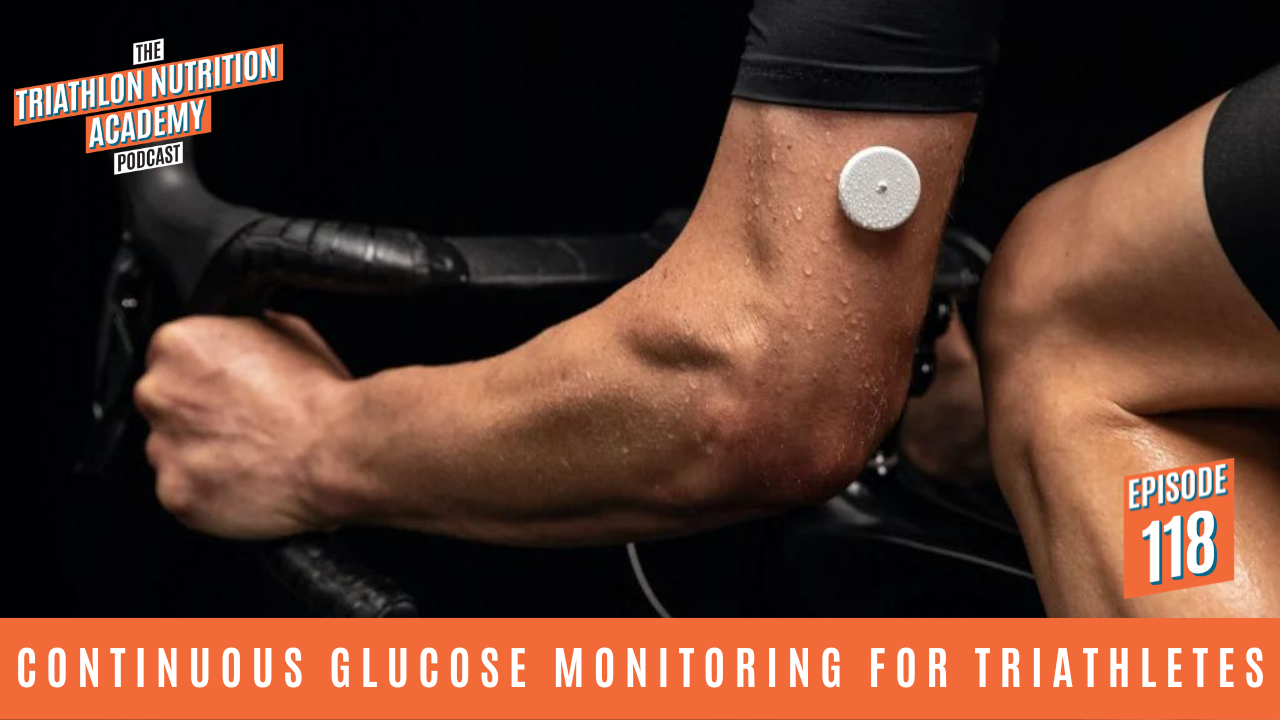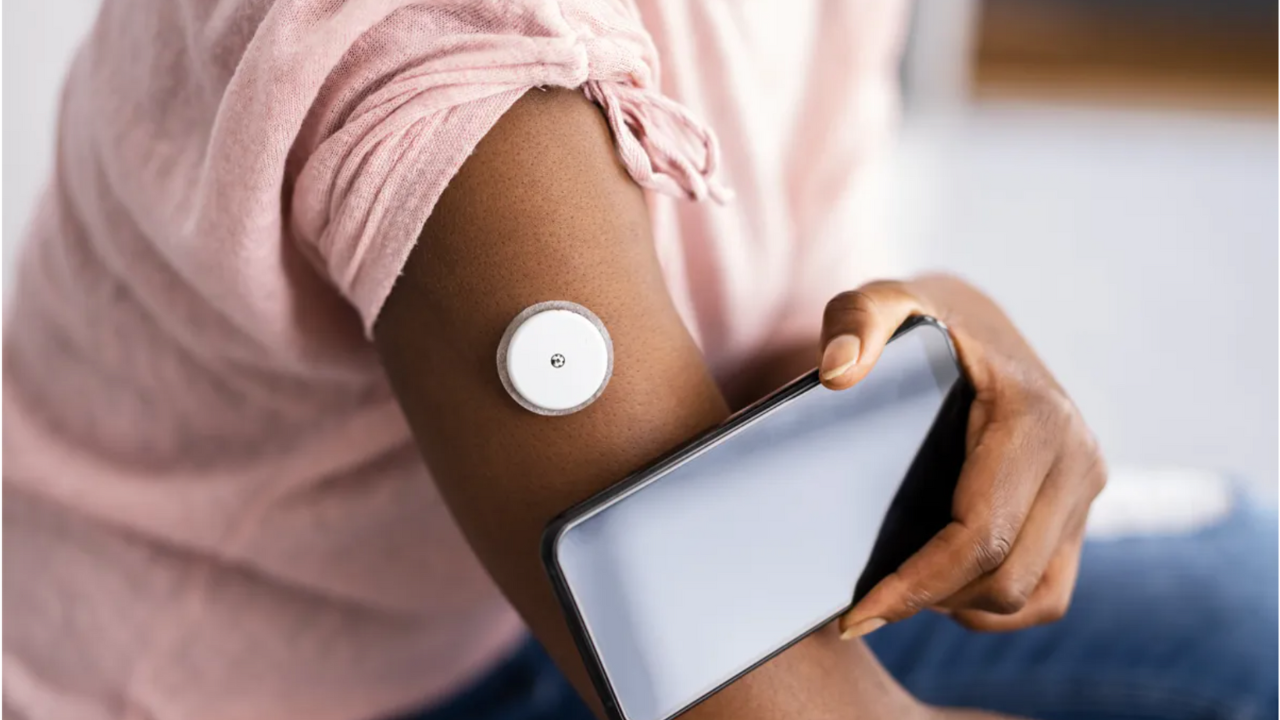Continuous Glucose Monitoring for Triathletes with Greg Cox

Curious about using a continuous glucose monitor (CGM) to guide your fueling?
This hot new tech is popping up on more triathlete wrists. But do CGMs actually optimise performance?
To find out, we tapped the expertise of sports dietitian Greg Cox. He recently published a comprehensive review paper examining CGM use and interpretation in athletes.
Let’s break down Greg’s key insights for triathletes considering whether to invest in a CGM:
What Exactly is a CGM?
- A small sensor inserted under the skin tracks interstitial fluid glucose levels. This mimics blood glucose levels with about a 10-15 minute delay.
- The data is continuously sent to an app on your phone or device. Both blood and interstitial glucose levels fluctuate rapidly, providing a useful window into your body’s fuel use and needs.

Why Use a CGM?
- CGMs provide exciting new objective data on how different intensities of exercise, rest, and nutrition influence blood glucose levels in real-time.
- They offer a way to assess if you’re adequately fuelling for your workload and recovering day-to-day based on your trends.
- But we’re still learning how to best interpret and apply that data. More research is required to guide practical recommendations in athletes.
Look to Overnight Trends
- Don’t expect your blood glucose response during exercise to directly reveal muscle glycogen use. And acute dips may not indicate insufficient carb intake in that session.
- Low/dropping overnight CGM levels likely indicate insufficient fuelling and energy availability the previous day. This overnight baseline is the most useful CGM metric for triathletes currently.
Consider Your Overall Fuel Needs
- Fitter and faster athletes burn through carbs much quicker at higher intensities, meaning they need more aggressive carb feeding for the same event duration as slower athletes.
- Make sure you take your individual pace, workload, and ability into account when planning your fuelling approach. Don’t compare to other’s fuel needs.
- Optimising your carb intake, gut training, and periodised approach should be top priorities. Don’t rely solely on interstitial glucose data from a CGM to guide your nutrition.

Tread Carefully
- CGMs provide a useful but incomplete picture. They don’t directly provide muscle glycogen use data or reflect carb oxidation rates during sessions.
- Be careful over-interpreting acute glucose dips or spikes during workouts as meaning you should eat more/less carbs. There’s a risk of over or under fuelling if you rely solely on the number.
- Work with a sports dietitian to help properly implement a CGM and learn how to interpret and apply the data in context of your unique needs and training. Don’t try to go it alone.
- Spend your budget on expert nutrition advice rather than the latest biohacking gadget absent the knowledge to use it properly and adjust your diet.

The Bottom Line
CGMs offer intriguing potential, but more research is still needed to guide practical fueling recommendations in athletes.
For now, focus your efforts on optimising your overall dietary periodisation and gut training strategies rather than obsessing over glucose curves during exercise. Let an expert guide you on thoughtfully implementing and interpreting your CGM data in context.




